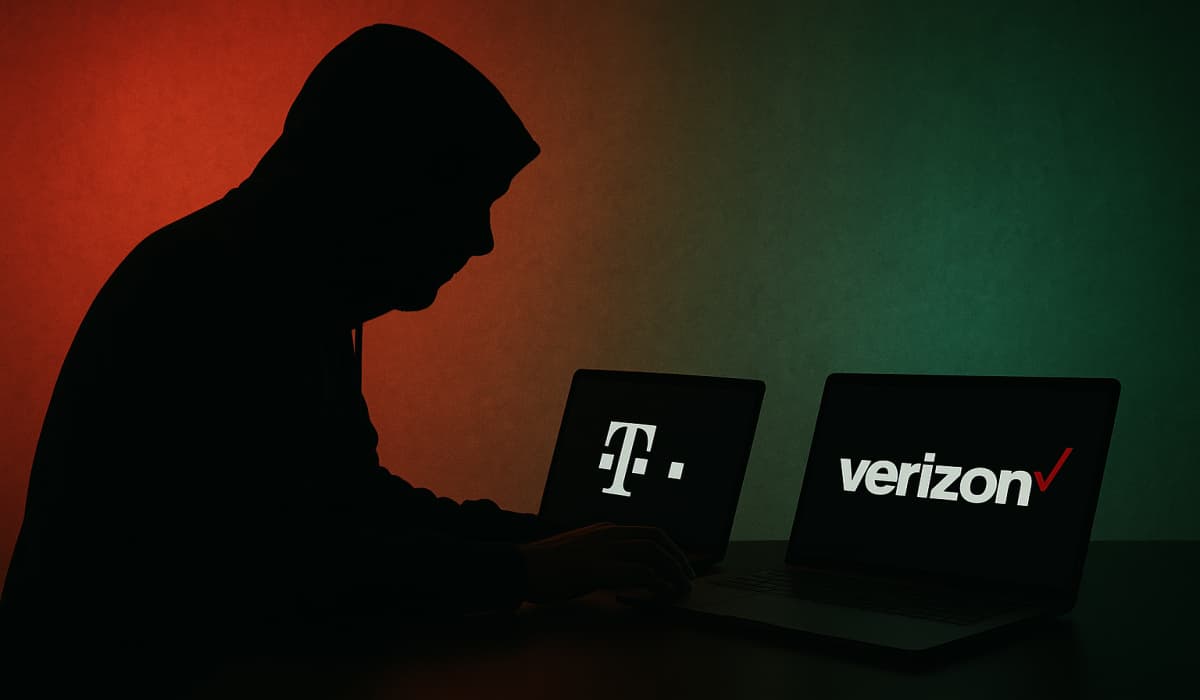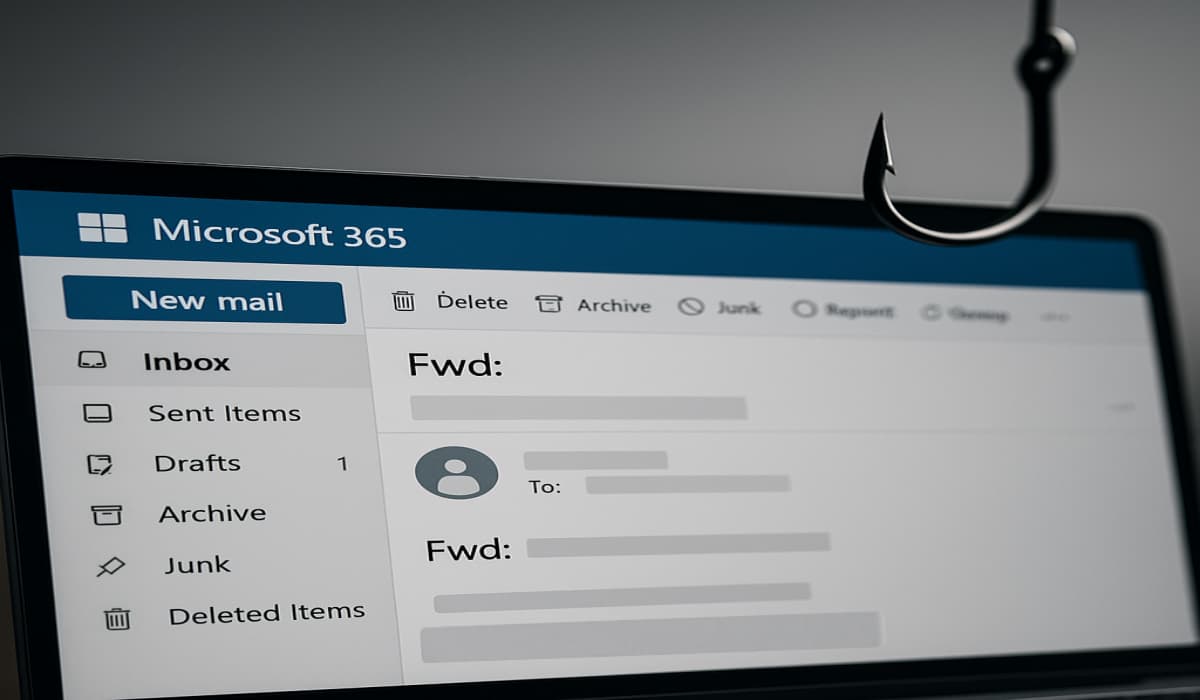The Importance of Data Security for Digital Signage
There are certain degrees to which digital security matters for your digital signs. This article is going to cover some of the most common. Do try to use a secure Wi-Fi network, use a secure digital signage app, and make sure your hardware is protected from tampering. Do these simple things and you make it difficult for nefarious parties to ruin your digital signs.
Digital Signage
Digital signage is a type of electronic display that can be used to communicate information to customers or visitors. It is typically used in public areas such as retail stores, corporate offices, schools, and hospitals. Digital signage can be used for a variety of purposes including providing directions and advertising products or services.
Digital signage consists of hardware such as LCDs, projectors, TVs, or video walls which are connected to a media player. The media player is responsible for displaying content on digital displays which can include images, videos, web pages and text messages.
Further, the Content can also be updated remotely via an internet connection allowing it to be changed quickly and easily from anywhere in the world. Digital signage also offers businesses the ability to gather analytics about their customers such as how long they view certain content or what content they interact with most often.
A Hard Wired Digital Sign
Let’s say you have a digital sign that isn’t connected to a network. It runs its content because you have loaded it into the device, or it is on a hard drive being played on a loop. In these circumstances, all you have to do is secure your digital sign hardware from anybody trying to turn it off or trying to add a different hard drive to change your content.
A Digital Sign With Poster Images
Let’s say that you have a digital sign, but you use it to replace your paper posters. As a result, you have still images, perhaps running on a PowerPoint display, and your digital signs are not in very high traffic or notable areas. This is another low-security situation where you will probably not be targeted.
A Digital Sign in a High-Traffic Area
Let’s say your digital sign shows video content in a pretty high-traffic area. It may be at a vital point in a mall, or perhaps somewhere important over a busy highway. In these cases, you are at risk from people tampering with the hardware, and from people trying to hack the system to gain access to your signs.
In these cases, they want access so they can display their content. If their content is in some way damaging, then you can be criminally charged if you do not take all care and due diligence to secure your devices and your network.
A Digital Sign That Accepts Customer Information
As they say, “if you are not paying for a product, then you are the product.” If people are entering their information into your digital signs, perhaps to sign into your system or use your signs to make orders or get directions. In these cases, you are at very high risk from hackers.
They probably won’t bother tampering with your hardware and will work more on hacking your systems or your network. They want the email addresses and personal details of the people using the digital signs, so you will need to protect your network and their information within the boundaries of the law under the data protection act.
Digital Signs That Accept Payments
Outside of the digital signs that are famous in the USA, like Time Square, and the large popular ones in China, Hong Kong and London and the USA, outside of those, the most highly targeted digital signs are the ones that take payments.
They are vulnerable simply because hackers and tamperers are so eager to gain access to the money being spent, to the bank information being passed across and so forth. Digital signs that receive payments will be attacked from all angles.
People will tamper with the hardware and may even place cloning devices on the digital signs. People will attack the network and try to hijack it, and they will try to hack the systems themselves. They will install malware on the digital sign, on its streaming device, and on the PCs of whoever is controlling the digital signs.
Many Different Signs
In many cases, the dangers posed to your signs are relative to how much impact they have on the public, or how much data they collect on the public. A hard-wired sign, possibly controlled by a hard drive, is of little value to a criminal.
But, even under those circumstances, what if you had 200 hard-wired signs set to create a massive cinema screen? In that case, criminals will target your signs because of the impact they have on the public.
Your single sign, controlled by a computer over a wireless network, may not generate much interest from criminals. However, if you have ten signs in each of your ten stores across the country, then your signs become a big target again. Under most circumstances, the more signs you have, the more digital security/data security matters.
Source link






